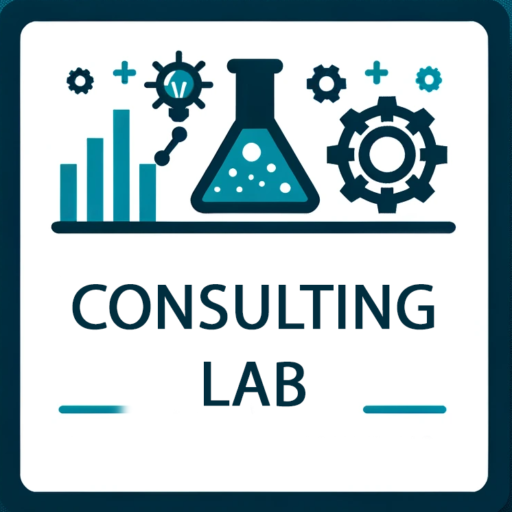
Business development is crucial for ensuring sustainable growth and identifying new opportunities in an ever-evolving market. It involves strategic planning and tactical execution of initiatives that expand a company’s reach, enhance partnerships, and increase revenue. Here’s a guide to crafting a comprehensive business development strategy and tactics:
Strategic Planning
1. Understand the Market Landscape
– Conduct thorough market research to understand your industry’s current trends, emerging technologies, competitive landscape, and customer preferences. Market research is critical for identifying new trends and finding white-space opportunities【IBISWorld†2023】.
– Identify market gaps and potential opportunities for differentiation.
2. Define Business Objectives
– Clearly articulate your long-term business goals (e.g., entering a new market, launching a new product, or increasing revenue by a specific percentage).
– Set measurable key performance indicators (KPIs) aligned with your goals【Forrester†2021】.
3. Identify Target Markets
– Segment your market by identifying customer needs, behaviors, and demographics that align with your product or service.
– Prioritize market segments that offer the best growth opportunities while considering barriers to entry.
4. Assess Competitive Advantage
– Analyze your company’s strengths, weaknesses, and unique selling points to understand how you can differentiate yourself.
– Leverage your competitive advantages to position yourself favorably in the market【Porter†1985】.
5. Develop Value Propositions
– Craft compelling value propositions that resonate with your target audience and effectively address their pain points.
– Tailor value propositions to different market segments to improve the relevance of your messaging【Kotler†2020】.
Tactical Execution
1. Lead Generation
– Develop inbound and outbound lead generation strategies, such as content marketing, webinars, email campaigns, and networking events.
– Invest in digital marketing channels that best reach your target audience【McKinsey†2022】.
2. Strategic Partnerships
– Identify and establish partnerships that complement your business. This could include alliances with complementary product/service providers or industry associations.
– Build win-win relationships that expand market reach and offer mutual benefits.
3. Sales Enablement
– Equip your sales team with the tools and resources needed to effectively close deals, such as competitive intelligence, case studies, and tailored sales pitches.
– Foster collaboration between sales, marketing, and product teams to streamline communication and align messaging.
4. Customer Retention and Upselling
– Develop strategies to retain customers by delivering exceptional support, regular follow-ups, and proactive account management.
– Identify upsell opportunities through data analysis and engagement with existing customers【HubSpot†2020】.
5. Performance Monitoring
– Track the success of your tactics using KPIs like lead conversion rates, partnership engagement, and customer satisfaction scores.
– Continuously analyze results and adjust your strategy and tactics to meet changing market conditions.
Conclusion
A comprehensive business development strategy requires a balance between high-level strategic planning and tactical execution. By aligning long-term goals with data-driven tactics and adjusting based on market feedback, companies can maximize opportunities, strengthen partnerships, and achieve sustainable growth. Regular performance monitoring ensures that your strategy remains relevant and adaptable to evolving market dynamics.
References:
– IBISWorld. “Industry Research Reports.” 2023.
– Forrester. “Setting Measurable KPIs for Business Development Success.” 2021.
– Porter, Michael E. *Competitive Advantage: Creating and Sustaining Superior Performance.* Free Press, 1985.
– Kotler, Philip. *Marketing Management.* Pearson, 2020.
– McKinsey. “Digital Marketing Strategies for Effective Lead Generation.” 2022.
– HubSpot. “Customer Retention: How to Increase Lifetime Value.” 2020

